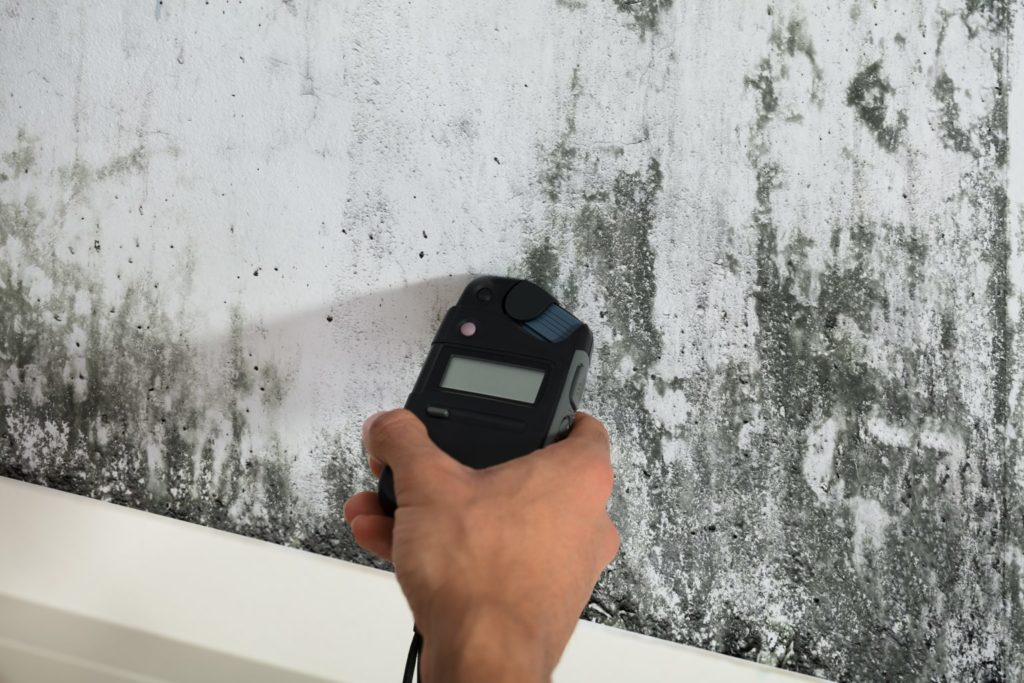Comprehensive Post Mold Remediation Procedures
Comprehensive Post Mold Remediation Procedures
Blog Article
Effective Blog Post Mold Remediation Solutions for Your Home
Mold development in homes can be a consistent issue, commonly needing an organized approach for effective post-remediation solutions. From comprehending the factors that add to mold and mildew development to executing appropriate cleaning techniques and moisture control procedures, the procedure can be elaborate yet vital for maintaining a healthy and balanced living environment. In addition, checking out all-natural removal options and establishing a routine for ongoing upkeep are important parts of a thorough mold and mildew removal strategy. As homeowners make every effort to resolve mold worries, finding one of the most efficient options comes to be vital for the health of their houses.
Understanding Mold Growth Variables
The primary element contributing to mold and mildew development is moisture. Mold spores need wetness to sprout and thrive, making damp or damp settings extremely prone to mold problems.

Moreover, air flow and light exposure can influence mold and mildew development. Areas that do not have correct air flow and natural light are a lot more susceptible to mold advancement. By addressing these variables thoroughly, individuals can properly alleviate mold and mildew growth and secure their living environments.
Proper Mold And Mildew Cleansing Methods
Using reliable cleaning techniques is crucial in resolving and avoiding the reoccurrence of mold contamination in indoor environments. When taking care of mold and mildew, it is essential to focus on safety by using safety equipment such as safety glasses, masks, and gloves. The very first step in proper mold cleaning is to contain the afflicted location to stop the spread of spores to uncontaminated areas. This can be achieved by securing off the room and making use of air scrubbers or negative air devices to preserve air top quality.

Applying Wetness Control Steps
To efficiently avoid mold growth and contamination in interior settings, applying wetness control steps is vital. Wetness is the primary element that gas mold development, making it critical to handle humidity degrees within the home. One reliable procedure is to utilize dehumidifiers to preserve interior humidity levels below 60%. In addition, making certain appropriate air flow in areas susceptible to moisture buildup, such as washrooms and kitchen areas, can aid lower the danger of mold and mildew growth. Consistently examining and repairing any leakages in pipes, roofing systems, or windows is additionally important in avoiding excess moisture buildup. Using exhaust fans while cooking or bathing, and enabling air flow by keeping furniture a little far from walls can aid in moisture control. Additionally, making use of moisture-resistant materials in article high-humidity areas, such as mold-resistant drywall and paints, can be advantageous. By diligently implementing these dampness control procedures, house owners can efficiently reduce the likelihood of mold recontamination and keep a healthy interior atmosphere.
Using All-natural Removal Solutions
After efficiently carrying out wetness control steps to avoid mold development in interior environments, homeowners can currently discover the efficiency of natural removal remedies in keeping a healthy and balanced living area. Natural removal options use ecologically pleasant techniques to fight mold and mold, making them a prominent option for those seeking non-toxic choices. By including these all-natural remediation solutions right into their cleaning routines, homeowners can properly deal with mold growth while advertising a healthier indoor setting for themselves and their households.

Keeping a Mold-Free Environment
Regularly inspecting locations vulnerable to mold and mildew growth, such as restrooms, kitchen areas, basements, and attic rooms, is critical. Correct ventilation in areas with high moisture levels is additionally vital to stopping mold development.
Furthermore, keeping sanitation in the home is essential for mold avoidance. Routinely cleansing and dusting surface areas, rugs, and furniture can aid get rid of mold and mildew spores before they have a chance to increase and clear up. Using mold-resistant items for building materials and home furnishings can further assist in creating a mold-free atmosphere. Lastly, maintaining indoor plants in check and making sure proper drain in Find Out More exterior landscaping can decrease moisture accumulation, reducing the possibility of mold and mildew infestations. By following these proactive maintenance methods, property owners can effectively support a mold-free living area.
Conclusion
Finally, it is essential to deal with mold growth factors, make use of correct cleaning methods, execute dampness control measures, make use of natural remediation remedies, and keep a mold-free environment in order to properly deal with post mold removal in your home - Post Mold remediation cleaning. By complying with these techniques, you can stop mold and mildew from repeating and ensure a healthy and balanced living environment for you and your household
The key variable contributing to mold and mildew development is moisture. Mold and mildew spores need dampness to sprout and thrive, making damp or moist settings very prone to mold invasions.To successfully prevent mold and mildew growth and contamination in interior atmospheres, carrying out moisture control measures is extremely important. Furthermore, making sure proper ventilation in areas prone to moisture accumulation, such as shower rooms and kitchen areas, can aid minimize the threat of mold and mildew development.After efficiently applying wetness control procedures to stop mold growth in interior environments, home owners can now explore the efficiency of all-natural remediation remedies in preserving a healthy and balanced living area.
Report this page